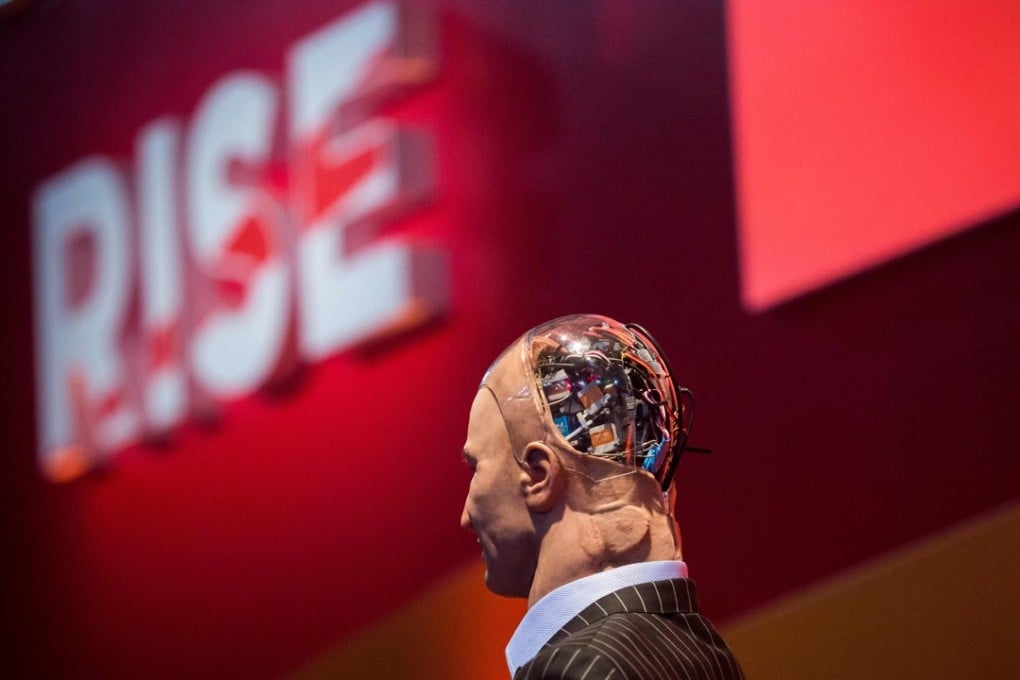China scours the globe for talent to transform into world leader in artificial intelligence and big data
China wants to use technology and innovation to climb up the value chain

Kevin Du is travelling to the United States this week to visit Harvard Business School. But he has other things on his mind.
He plans to make a side trip to other top universities and technology companies, part of his regular day job as a headhunter, looking to rope in engineers, programmers and coders to work in China.
China, already the world’s largest market for automatons, e-commerce and smartphones, is also the job market for artificial intelligence, big data analytics and robotics. The Chinese government has just unveiled a road map to global dominance in AI by 2030, forecasting the industry to be worth 1 trillion yuan (US$151 billion) by then.
“I have been visiting scholars and engineers in universities, Google, Microsoft and high-flying start-ups like iRobot, trying to bring AI and big data experts back to Nanjing,” Du said.
Du, 38, was working for Nanjing’s city government as a recruiter for more than six years, helping to set up labs and companies in the city.
Now, he has struck out on his own, using the network he established to help Chinese technology companies like Baidu and Alibaba Group Holding – as well as local governments from Nanjing to Guangzhou – find talent and technology to bring back to China.
He is not alone. Wu Weiyue, 27, with an MBA from Oxford University, is one of hundreds of Chinese students heading home right after graduating abroad, in their belief that China’s economic growth pace and market size are better able to put technology to commercial use.